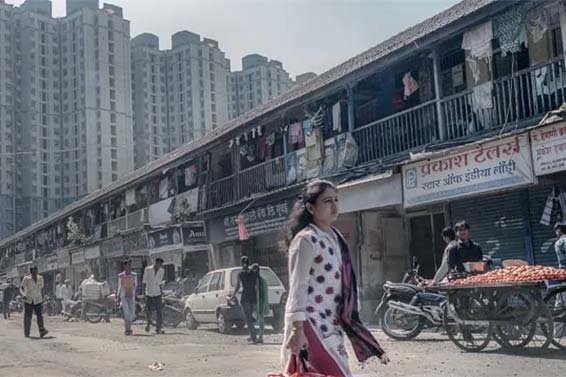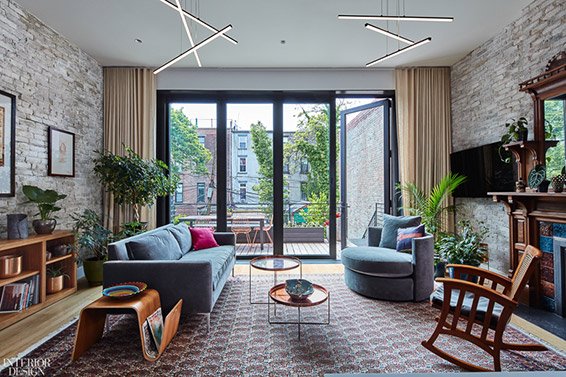Bachi Karkaria’s Tales from TJ Road: In an area that’s a work-in-progress, the story of a city in the making
Through this fortnightly column, Tales From TJ Road, Bachi Karkaria tells the story of Mumbai’s metromorphosis
That’s what my friend Namita said, rolling her SoBo eyes, when I said I was going to live in a housing complex called Dosti Flamingos. The eye-roll was occasioned by the fact that it was in Sewree, an area which I found myself defending each time I mentioned my move. Most people thought it was ‘miiiles away’, and looked suspicious when I retorted that it was actually one local station closer to town than my previous address. Which was an aesthetic planet away: the idyllic Five Gardens of Dadar Parsi Colony.
So I’d get even more defensive when mentioning my new zip code to my former neighbours. The politer ones tried to control the twitch of nostrils, the imminent sneer. The less polite ones didn’t, rubbing it in with ‘Kah amari Parsi Colony, ne kah Sivvvri?’ (Where’s our Parsi Colony, and where’s Sewri?). They might as well have pronounced it ‘Seweri’.
Jojo, my ex-editor, offered a face saver. ‘Why don’t you call it Upper Worli, the way Alyque Padamsee upgraded Lower Parel?’ Tired of all this patronising, I responded, ‘Look, this new place isn’t Upper anything. It’s not even Lower Parel, it is Lowest Parel.’
So that’s the ecosystem of this column. TJ Road used to be 60-foot wide, I hear, but has fallen to that Mumbai affliction more endemic than dengue — encroachment. It is no more than a lane, now fast reverting to pre-Corona chaos. It got its name from a Kutchhi merchant who had pretentiously spelt himself not Thakarshi, or even Thackersey, but Thokersey. The ‘Jivraj’ part remained unvarnished. Actually the affectation was justified. As I discovered while researching this column, he was the go-getter who built the old Lower Parel landmark, Deepak Talkies, in 1917, which his grandson charmingly restored a couple of years ago.
‘Are there skyscrapers in Sewri?’ SoBo-ites had exclaimed in condescending astonishment when their eyes first fell upon it as they zipped across the new Express Freeway en route to Alibag or other weekend getaways. Yes, ma’am, our Lowest Parel is catching up with its first-mover sibling Lower Parel, which is now a fully paid up business district.
Dosti Flamingos was TJ Road’s first foot on upward mobility, to be followed by Ashok Gardens and then the other Piramal Group’s Celestia Spaces. They all soar high enough to claim spectacular views of the evocative eastern harbour, and, equally important, reduce the squalor below to an ignorable speck.
Why, not just our lane, even the narrower one branching off from it has a growing march of gated housing estates. Though the address, ‘Ram Tekdi’, doesn’t quite match all the wannabe swank. The first on that block was ‘status symbol’ Lodha, a group which came out of nowhere a decade ago and hijacked the Mumbai skyline. Their building here is grandiosely named Aria; Honk may have been more appropriate. At least from Dosti if you crane your neck enough you actually can see a pink blur of the flamingos which migrate in thousands to the flotsam-strewn Sewri mudflats across the railway-line.
Dosti Flamingos came up on what was Pestonjee Ardaseer Hormasjee’s (OMG, Enemy!) China Mill of 1899, which, in 1921, became Seth Mafatlal Gagalbhai’s New China Mills Limited. Thankfully, the builder retained the lovely chimney, once totem pole of what cotton-wealth had made into the ‘City of Gold’. Residents are spinning a different kind of yarn; the bleaching and dyeing is of the tresses of the babes (and the Mercedes bens).
While Lower Parel is all steel and glass, TJ Road is a work in progress, interesting because the rickety scaffolding of gentrification is visible. From here we can observe the baby steps of change; how tower and tenement live in uneasy coexistence. Also, how tower and tower often live in even less peaceful coexistence. So, while this column is called ‘Tales From TJ Road’, the bigger story is that of Mumbai in the making.






